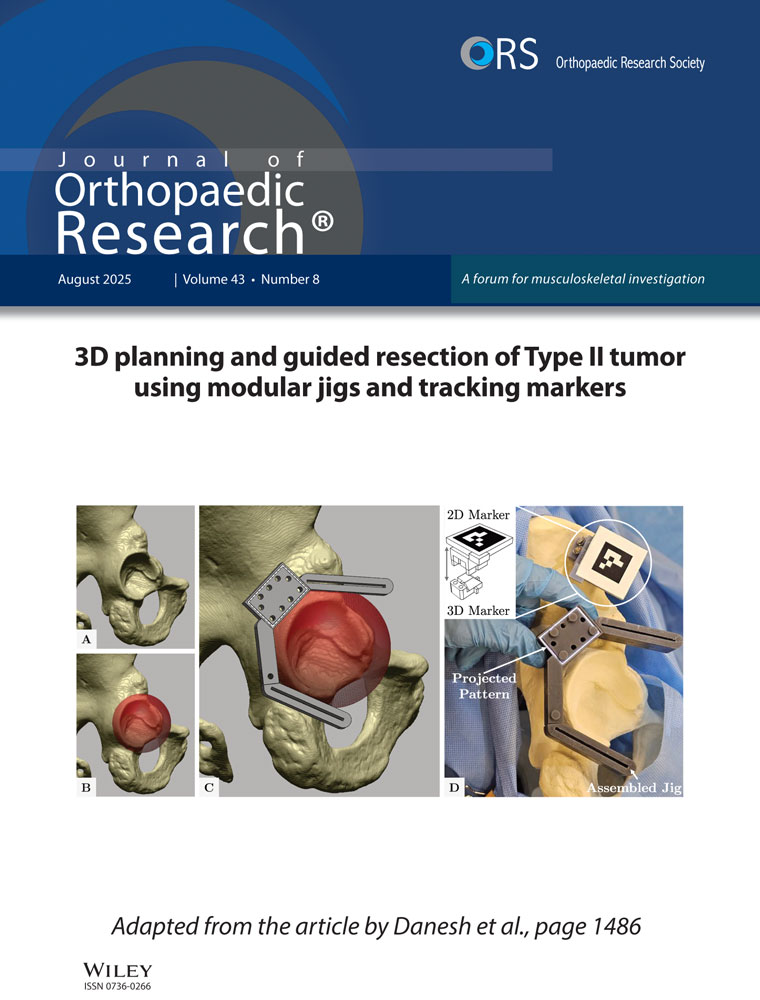Venous drainage of the femur permits passage of 100-μm particles
Abstract
Iatrogenic metastasis of bone tumor is reportedly increased if aggregates of tumor cells enter the circulation. The current study used a previously developed animal model to explore the movement of 25-, 50-, and 100-μ-diameter particles from an experimental femur biopsy site into the circulation. The results indicate that cell aggregate-sized particles can enter the circulation from the femur at a rate similar to that of the 15-μm particles used in previous studies. Arterial blood samples collected during and after the injection of particles contained no 50- or 100-μm particles, suggesting that the lung is an effective filter for these larger particles.




